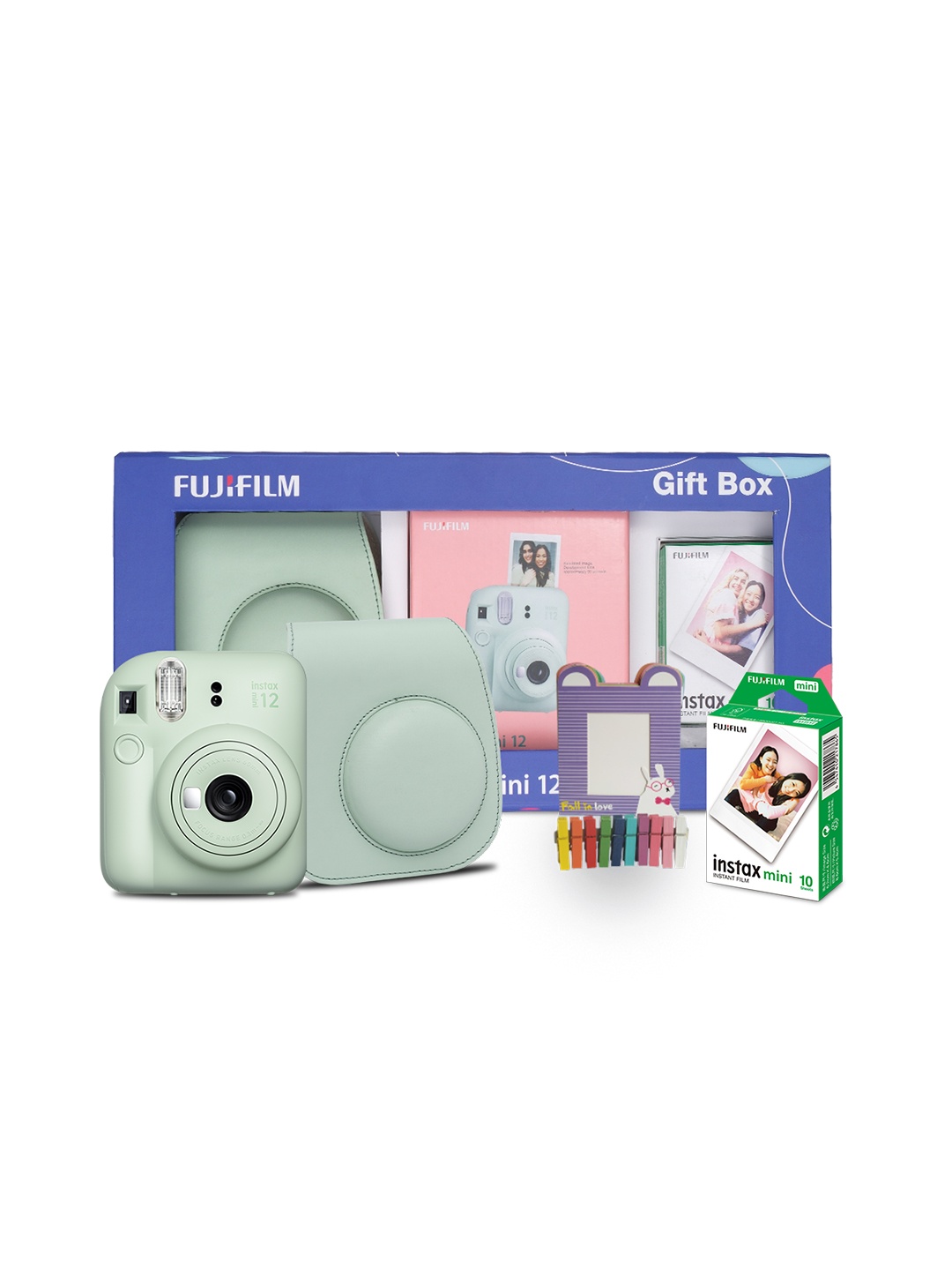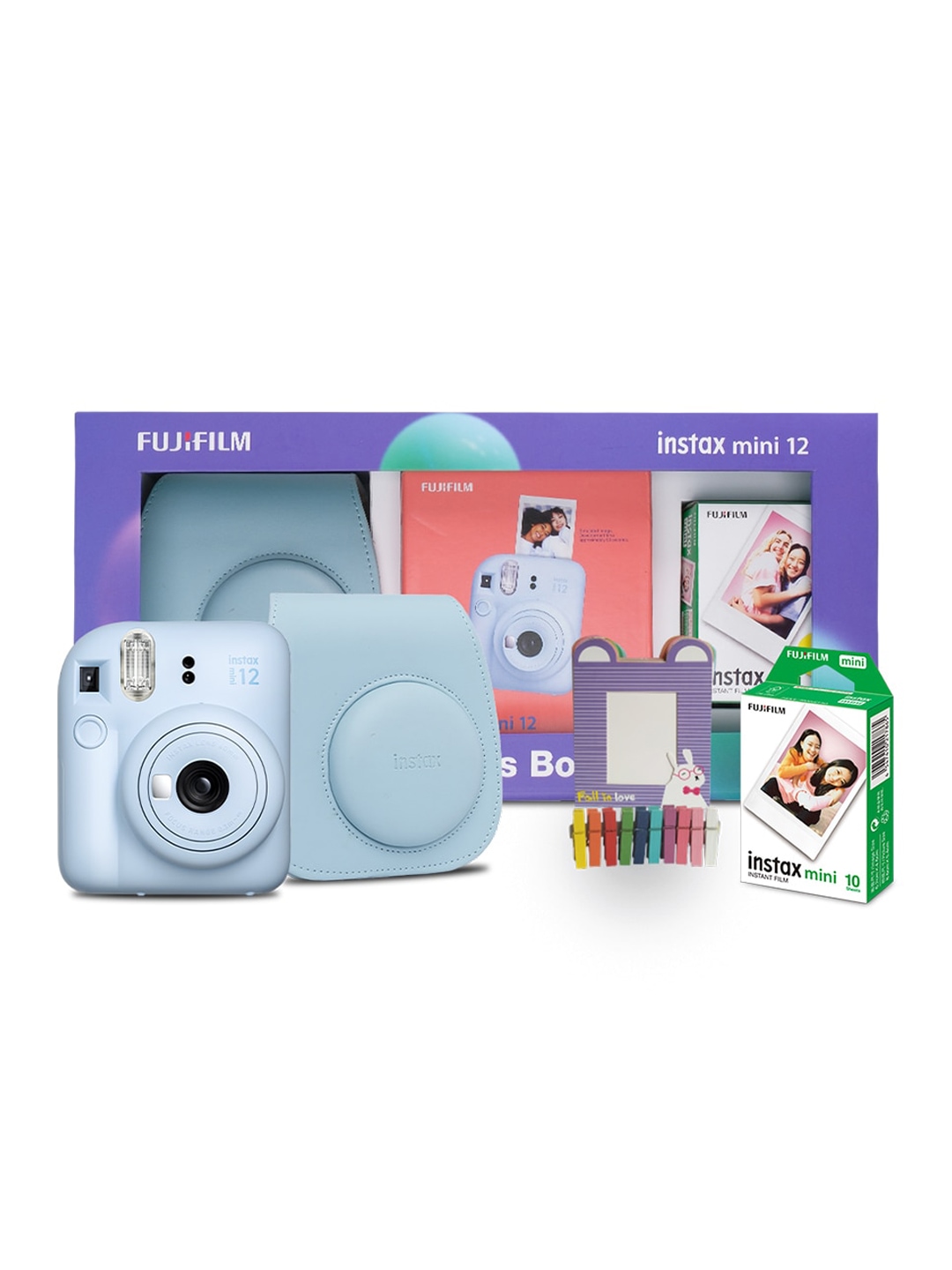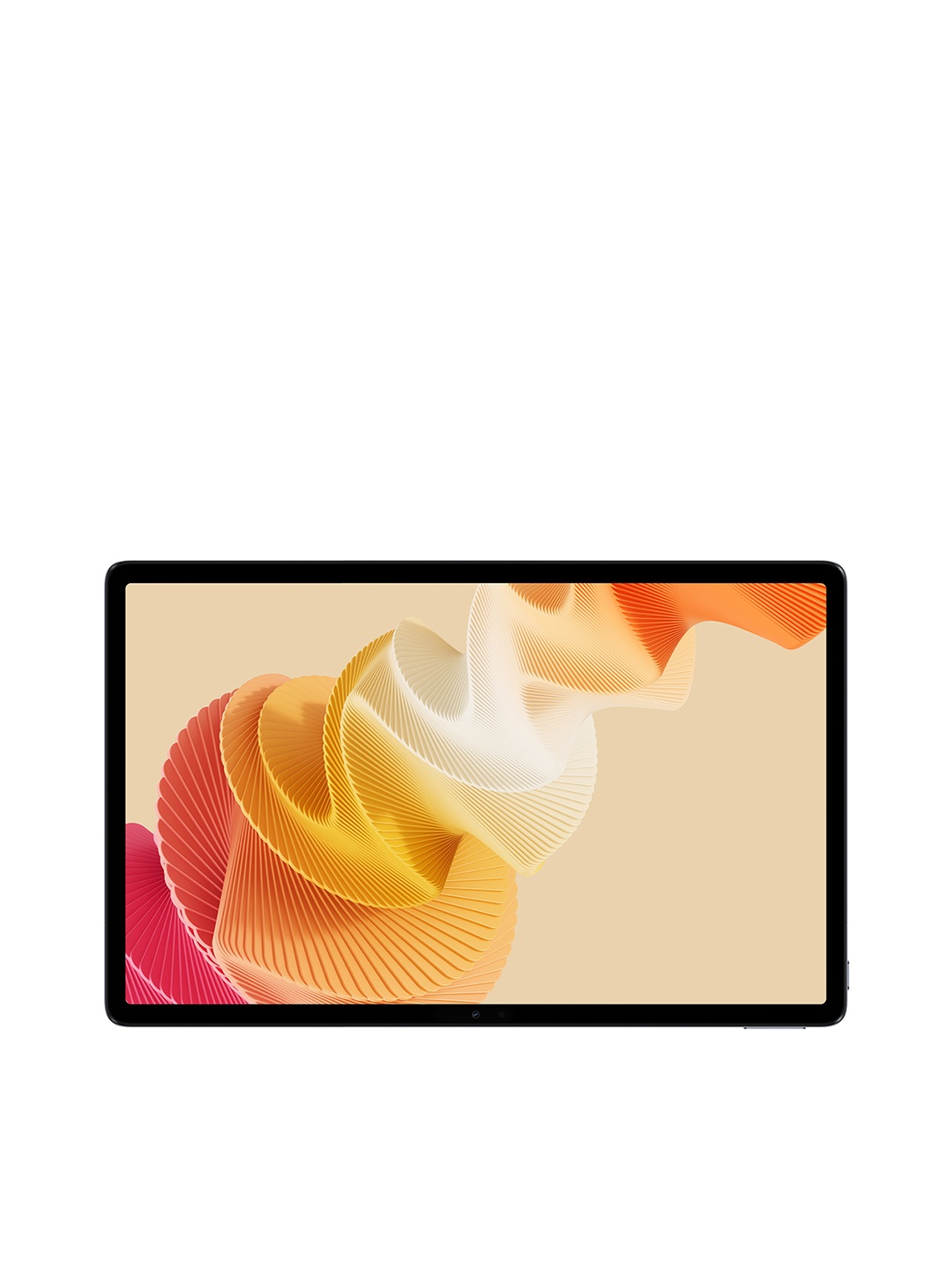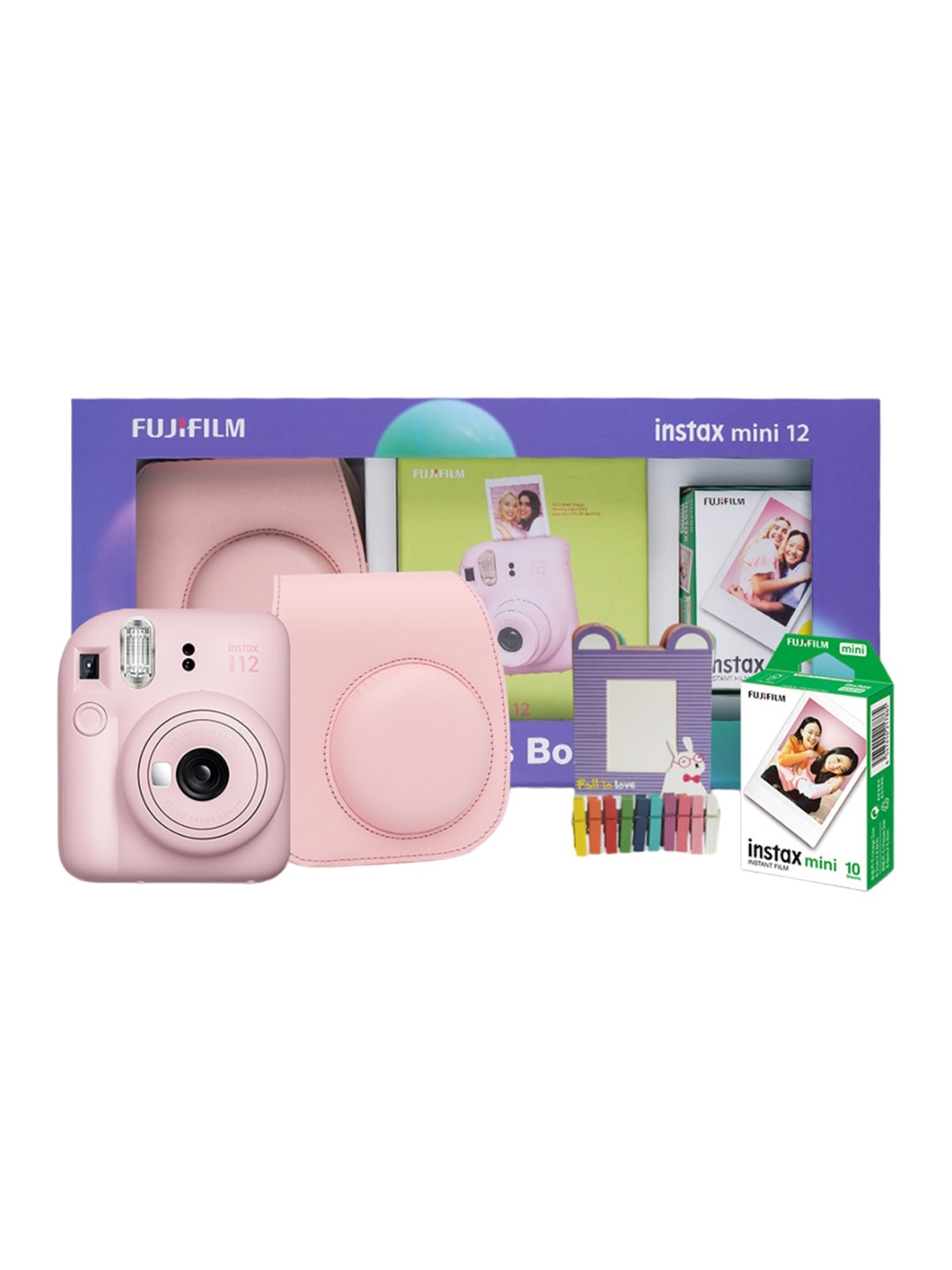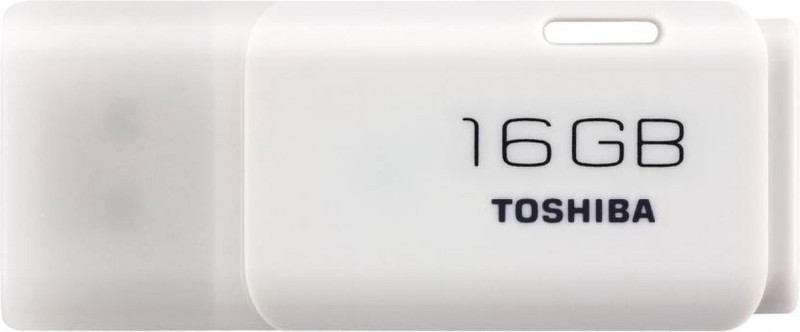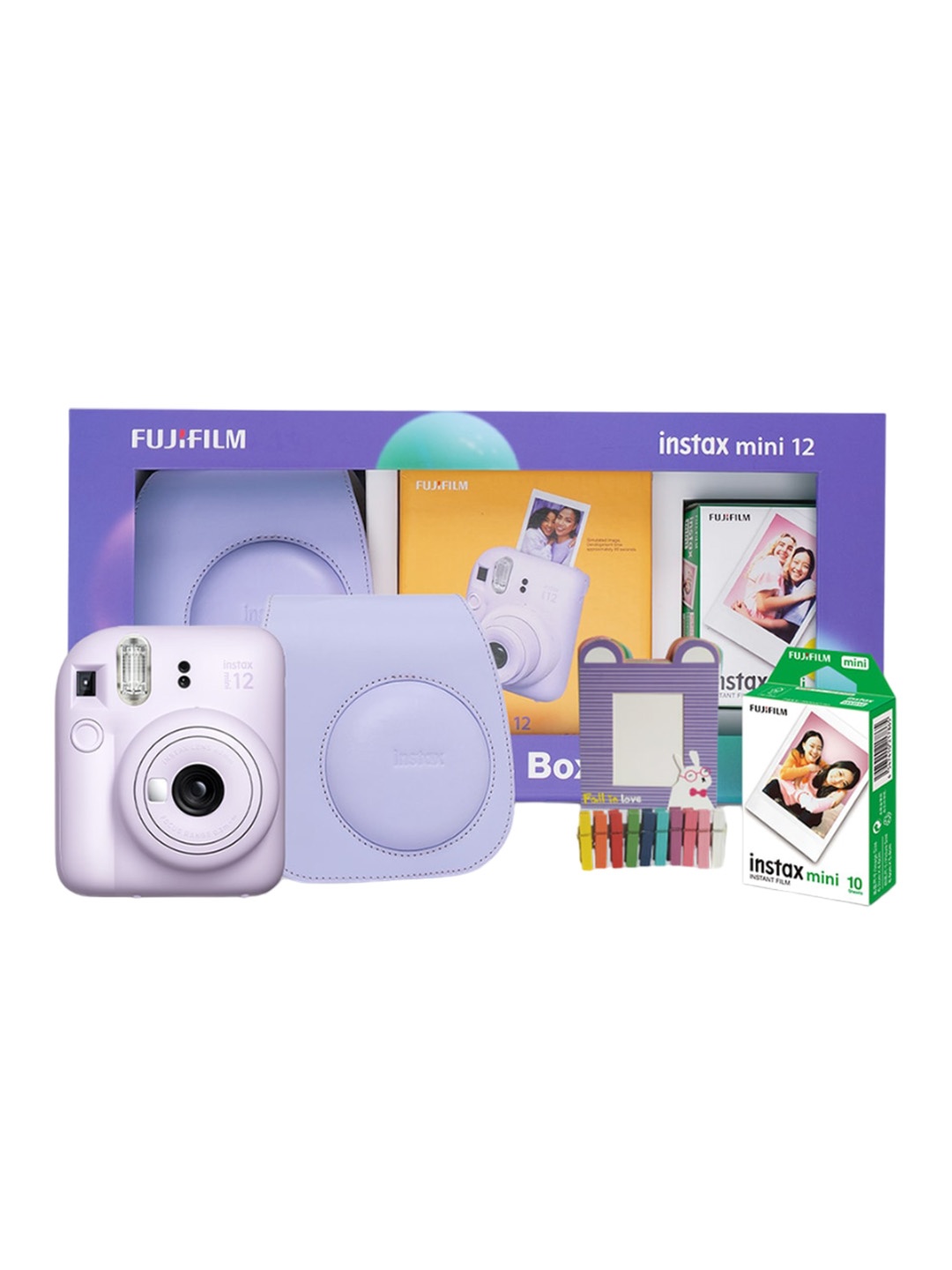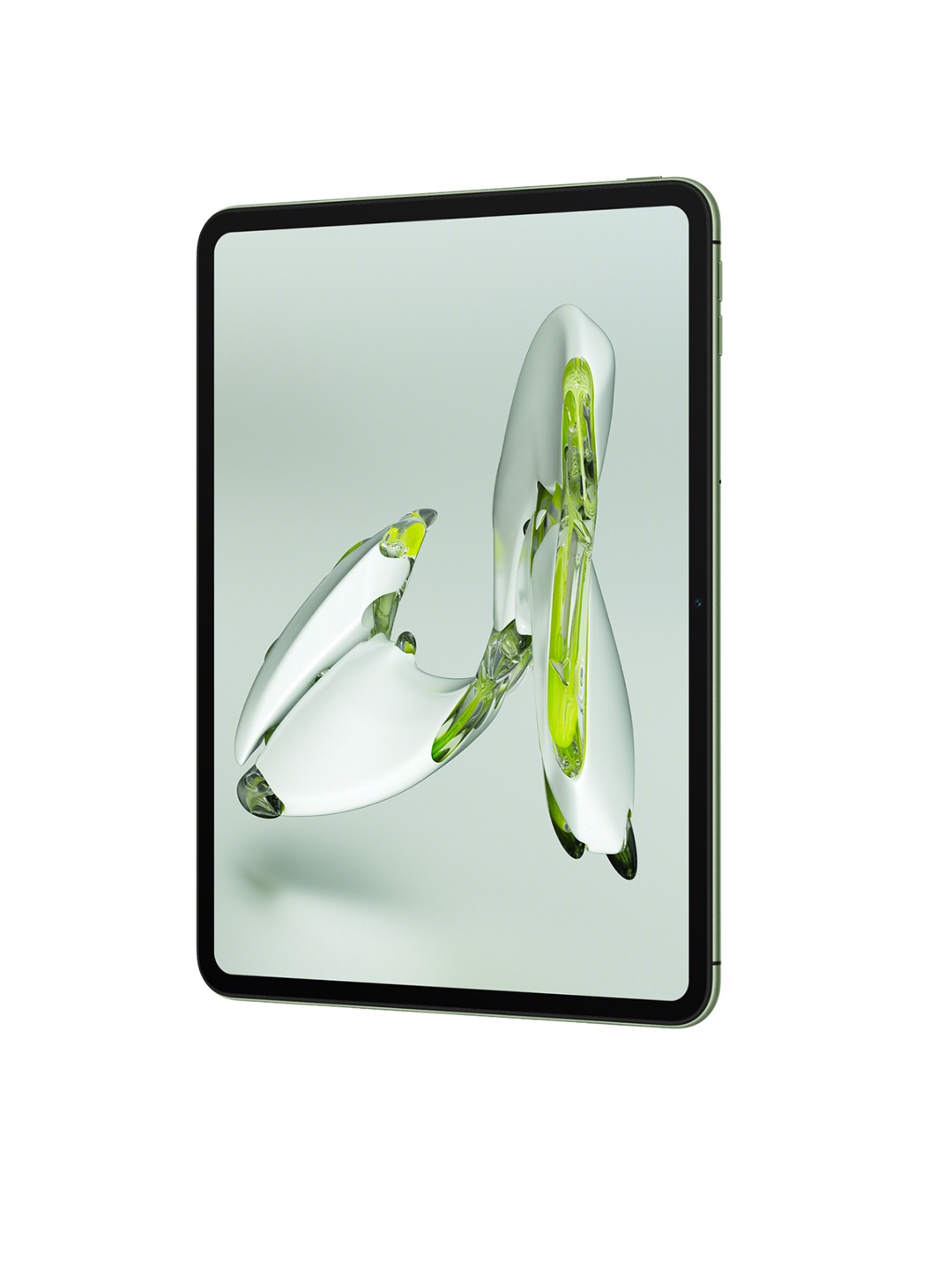We Made Eggs 8 Ways Using Just One Boiler: Here's What Worked And What Didn't

Eggs: the versatile, humble hero of any kitchen. Whether you're rushing to make breakfast or indulging in a late-night snack, eggs are always there for you. But what if we told you that you could whip up 8 different egg dishes using just one piece of equipment? Intrigued?
We recently decided to put this theory to the test. Armed with nothing more than a simple egg boiler (yes, the very same one you might use to boil eggs for a salad or breakfast), we embarked on an egg-cooking adventure. The goal: to see if this often-overlooked appliance could handle a variety of cooking methods beyond just boiling eggs.
Spoiler alert: Some methods were a surprising success, while others, well, let's just say we won't be making them again anytime soon. But that's the beauty of cooking, isn't it? It's all about experimentation, learning and sometimes even laughing at your own mistakes. In this article, we're diving into the 8 different ways we made eggs using just one boiler. From soft-boiled to scrambled, omelettes to poached eggs, here's what worked, what didn't, and what we learned along the way.
Also Read: Cooking Eggs Just Got Easier: How Egg Boilers Can Revolutionise Your Breakfast Routine
1. Soft-Boiled Eggs: The Classic Winner
When it comes to eggs, the soft-boiled version is a fan favourite. Think tender whites and runny yolks that practically beg to be dipped into with toast soldiers. Using the egg boiler, soft-boiled eggs were always on point – the appliance did exactly what it was supposed to. The eggs cooked evenly, and the yolks were just the right level of gooey.
The key to success? Timing. In an egg boiler, soft-boiled eggs need around 6-7 minutes. Any longer, and you risk the yolk setting too much. And any less, well… you're left with a very raw egg.
So, the verdict: If you're after perfectly soft-boiled eggs, an egg boiler is your friend. It's simple, quick, and foolproof.
2. Hard-Boiled Eggs: The Egg Boiler's Secret Superpower
Hard-boiled eggs – we've all had them. Whether it's for a quick breakfast, a lunch salad, or just as a snack, they're one of the easiest and most reliable options. And here's where the egg boiler truly shines. The consistency was spot on, and the shells came off with minimal fuss. Plus, no more worrying about overcooking and turning your eggs into rubbery, grey orbs.
A solid 10-minute boil is all you need for perfectly cooked hard-boiled eggs. The beauty of an egg boiler is its ability to cook multiple eggs at once without worrying about a messy stove top or boiling water splashing everywhere.
If you've ever struggled with peeling hard-boiled eggs, this method will become your go-to. The eggs practically peel themselves.
3. Scrambled Eggs: A Surprising Success
Scrambled eggs are a classic comfort food. Soft, fluffy, and sometimes a bit cheesy, they're the breakfast of choice for many. So, how did our trusty egg boiler handle this one?
Much to our surprise, it worked pretty well. By cracking eggs directly into the boiler and adding a splash of milk or butter, the scrambled eggs cooked similarly to their stovetop cousins. The result? Soft, creamy eggs that weren't too runny or too dry – pretty much what you'd expect from a well-made scrambled egg.
The process did take a bit longer than the usual method, and you'll need to stir them halfway through, but it was well worth the extra patience. This method proved that egg boilers are more than just a one-trick pony. A little creativity goes a long way!
4. Poached Eggs: A Slight Miss
Poached eggs are a crowd-pleaser. The delicate, silky texture and the way the yolk oozes out when you cut into it – who doesn't love them? The challenge, however, is getting them just right.
Here's where the egg boiler faltered. Despite following the instructions for poaching, we ended up with eggs that were a little too firm, and the whites were oddly shaped. The boiling water in the egg boiler just didn't create the right environment for the eggs to cook gently enough. Instead of the elegant, silky finish we were hoping for, we got eggs with overcooked edges and underwhelming yolks.
While it's possible to poach an egg using an egg boiler, the results were inconsistent. If poached eggs are a must, it's best to stick to the classic method of simmering them in water.
5. Omelettes: The Struggle Was Real
Omelettes are an iconic breakfast dish, often packed with fillings like cheese, mushrooms, or spinach. But could an egg boiler replicate the magic of a well-cooked omelette? In short: not quite.
The egg boiler's design, while perfect for boiling, wasn't ideal for creating the soft, fluffy texture we love in omelettes. The eggs cooked evenly, but they didn't puff up in the same way they would in a frying pan. Additionally, the lack of a proper cooking surface meant that fillings didn't meld with the eggs the way they should.
To make an omelette, we tried layering fillings after the eggs had cooked halfway. The result? A bit of a sad, flat omelette that lacked the finesse of its pan-cooked counterpart. While it technically worked, the taste and texture were a far cry from the real deal.
6. Steamed Eggs: A Hidden Gem
Steamed eggs, delicate, custardy, and a little savoury, are a dish often found in Asian cuisine. The gentle cooking process results in a smooth, silky texture that is hard to beat. And guess what? Our egg boiler delivered this dish beautifully.
By adding a small amount of water to the eggs and setting the boiler to a slightly lower heat, we were able to achieve the soft, wobbly texture characteristic of steamed eggs. The eggs came out perfectly cooked, with a subtle, light flavour that we weren't expecting. It was like a culinary hug in a bowl.
If you're looking to switch up your usual egg routine, this method is worth trying. It's a gentle process, perfect for those who want a different kind of egg experience.
7. Devilled Eggs: A Fun And Easy Surprise
Devilled eggs are the kind of dish that always makes an appearance at parties, potlucks, and picnics. They're simple to make, visually appealing, and a real crowd-pleaser. But could an egg boiler play a role in this classic recipe?
The answer: absolutely. After boiling the eggs to perfection in the egg boiler, we cut them in half and scooped out the yolks. The rest was just a matter of mixing the yolks with mayonnaise, mustard and a touch of paprika, easy and right?
The eggs came out perfectly, and the filling was just the right consistency. The egg boiler did its job, making it an effortless way to prepare the base for this dish. If you're short on time, using an egg boiler to cook the eggs for devilled eggs is a fantastic shortcut.
8. Egg Muffins: A Breakfast Winner
Finally, we decided to see if we could bake an egg muffin in the egg boiler. The concept was simple: crack eggs into a muffin tin, yes, it fit, add toppings and steam. The idea was promising, but the reality was a bit underwhelming.
While the egg muffins cooked, they lacked the puffiness and texture you'd expect from a baked version. Instead of a light, airy muffin, we ended up with eggs that were more dense and rubbery, with the toppings sinking to the bottom. If you're after a muffin-like texture, you're better off using an oven.
That said, it's a decent option for a quick, steamed egg bite if you're looking for convenience, but don't expect it to replace the real deal.
Product Related To This Article
1. NOVA Blue Electric Egg Boiler NEC 1530 Egg Cooker
2. MB Creation 2 in 1 Electric Egg Boiling Steamer Egg Frying Pan Multi-Function Egg Boiler Egg Cooker
3. Soflin Double Layer Electric Egg Boiler Double Layer Electric Egg Boiler
4. Bluerain Enterprise Egg Boiler Electric Automatic Off 7 Egg Poacher For Steaming egg boiler Egg Cooker
5. AGARO Grand Egg Boiler And Poacher,2-in1 Boils 8 Eggs, Poach 4 Eggs, Egg Cooker
6. Glen Electric Egg Boiler Machine Egg Poacher 3 boiling modes 500W with 3 Water levels SA 3036 EB Egg Cooker
7. Lifelong LLEB05 Egg Boiler Egg Cooker (Silver, Black, 7 Eggs)
8. Glen Electric Egg Boiler Machine SA3040EB7 Egg Cooker
Eggs, with all their versatility, have a way of surprising you. While the egg boiler proved itself to be a handy tool for many classic egg dishes, some of the more complex methods – like poaching, omelettes, and egg muffins, didn't quite measure up. However, for simple tasks like boiling, steaming, and scrambling, this appliance truly shone. The humble egg boiler is capable of much more than just boiling eggs. With a bit of creativity and patience, it's possible to whip up a variety of egg-based dishes that are as tasty as they are easy. So, the next time you're staring at your egg boiler, don't just settle for the usual hard or soft-boiled options. Get adventurous and see where your egg experiments take you. Just maybe skip the omelette next time.
Disclaimer: The images used in this article are for illustration purpose only. They may not be an exact representation of the products, categories and brands listed in this article.












